Long before there was a film called it, kids were only interested in two things - the fast and the furious! So, when a new toy car came onto the scene and somehow managed to combine both of these things in something small enough to fit into a child's palm, it was bound to win the race...
Mattel launched Hot Wheels die-cast cars in 1968, after the toy manufacturer's co-founder had devised a way to coax more speed out of the standard die cast design, by adding a pair of axles with styrene wheels that spun like a petrol-head's dream. Your ride had officially been pimped! Add in a souped-up, eye-catching paint job, and the Hot Wheels cars blew the gaskets off of their toy rivals, Matchbox and Corgi cars, who were nothing more than mini replicas.
Hot Wheels became defined by the flame artwork on all the merchandise that went with the 1:64 real-size toys. And Californian artist Rick Irons, who was based at Mattel at the time, was the man behind the flame. They brought only the flashest car models to life in Hot Wheels versions to keep with the glamorous image, and made the die-cast models extra resilient for all he bad boy owners who loved nothing more than crashing cars into mum's skirting-boards over and over again.
What made Hot Wheels even more appealing to the masses was the release of its very own racing track on which to drive your cars. And this was no simple system, either. The Hot Wheels race track was available in various parts, which included: straitaways, loops, curves, ramps, spring-loaded launchers - basically everything to satisfy that instinctual need for speed that most little boys were fighting. Of course, wherever there's speed, there's danger, and many a grown man will be able to recount tales of sprained wrists, chipped table legs and knocks to the head caused by over-ambitious speedway stunts and an inability to control what were the 'fastest' toy cars around. But it was all worth it.
As the years passed, bigger and better race tracks came out for Hot Wheels, including a stunt-scape featuring an erupting volcano and a criss-cross crash track. New cars strengthened the line, like the Gran Toros and Formula One replicas. By working closely with car makers of General Motors, Ford Motor Company, Chrysler Motors, Ferrari, Mazda and more, Mattel was able to work off actual blueprints to produce replica Hot Wheels versions of them. To date, 10,000 hot Wheels have been rolled out. After a merger with Tyco in 1997, Hot Wheels began to take pat in the slot-car scene, too.
After celebrating forty years in 2008, Hot Wheels are among the fastest and most furious around - just like their owners!

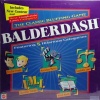
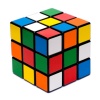
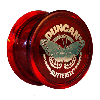
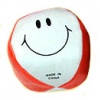
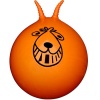

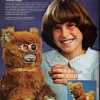
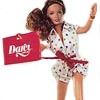

Do You Remember Hot Wheels?
Do You Remember Hot Wheels?